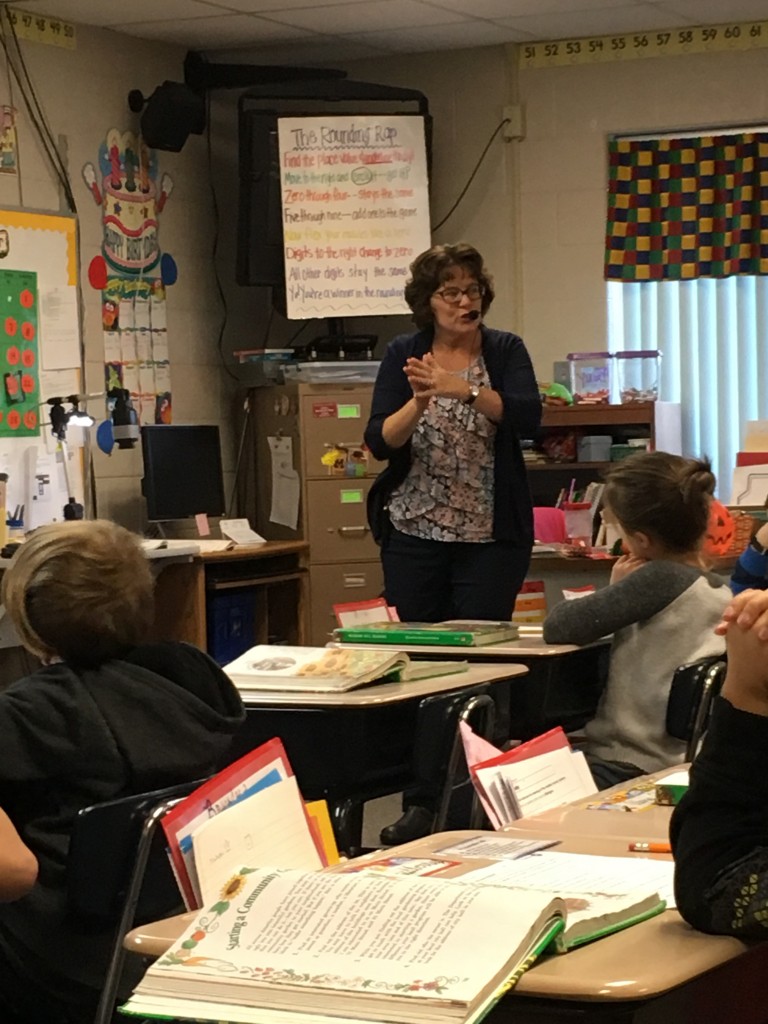As we grow older and wiser, we look at situations through a different lens. I did not always approach situations with a positive attitude, nor did I respond in a positive way. Time, trials, hurt feelings, missed outcomes, and short-comings all helped to mold the way that I have learned to respond to a situation. We cannot control the situations we are often faced with, but we can control the way that we respond! As an educator we are, all to often, challenged to test our response to trying situations. A student may act in a manner that challenges your expectations, a parent may respond to a progress report that challenges your expertise, a colleague may not understand your teaching style and share their personal feeling with others, administration may not support your professional growth goals…these examples are all one’s from my personal growth vault (for the sake of transparency).
How on Earth are we to respond in a positive light??? Obviously the student knew my expectations, and I have am certified and highly qualified to teach my content and spent many nights planning lessons and pondering ways to help my students succeed, and for the teacher down the hall…my students love coming to my class and are learning by leaps and bounds..it may not be calculations and memorized facts, but they are learning to problem solve and think critically, and to the administrator that will only send my to cookie cutter district provided professional development, how am I to grow and expand my knowledge and delivery?!!??!!?? I am sure we have all felt these feelings . Well, the first thing I needed to realize is that: I AM NOT THE CENTER OF THE UNIVERSE! Students, parents, peers, our leaders…everyone has a different perspective and investment in the situation at hand. Giving the time to realize this simple concept, shows that you respect them. I am not confrontational, I have never been. I do have a strong backbone and will stand for what is right and what I believe in. I have learned that gained trust and respect are the best way to work through a trying situation. Look at the situation from the others’ perspective. Construct a way to make the situation into a positive, if even to considers it a painful growth experience. Practice humility and do not cover your short-comings. Show compassion, we all have feelings and EVERYONE matters!! Treat the situation as though the conversation you are having is the last one you will ever have. (This actually happened to me when a former student had sadly passed in a horrific car accident.) I had peace knowing that the last conversation I had with this student, although addressing a behavioral issue, I was at his level, eye-to-eye, showing nothing but compassion. The conversation between us, created a level of trust and respect greater than the moments before. He knew I was not against him and that I only wanted to see him successful and enjoying life.
I can go on and on for days…the main point I want to share is that YOU GET WHAT YOU GIVE! Give positivity, and you will get it in return.
This quote by B.J. Palmer is one that I remind myself of daily and have held close for most of my adulthood. There is no more powerful weapon in this world than our tongue. We need to choose to use it make a positive difference!














